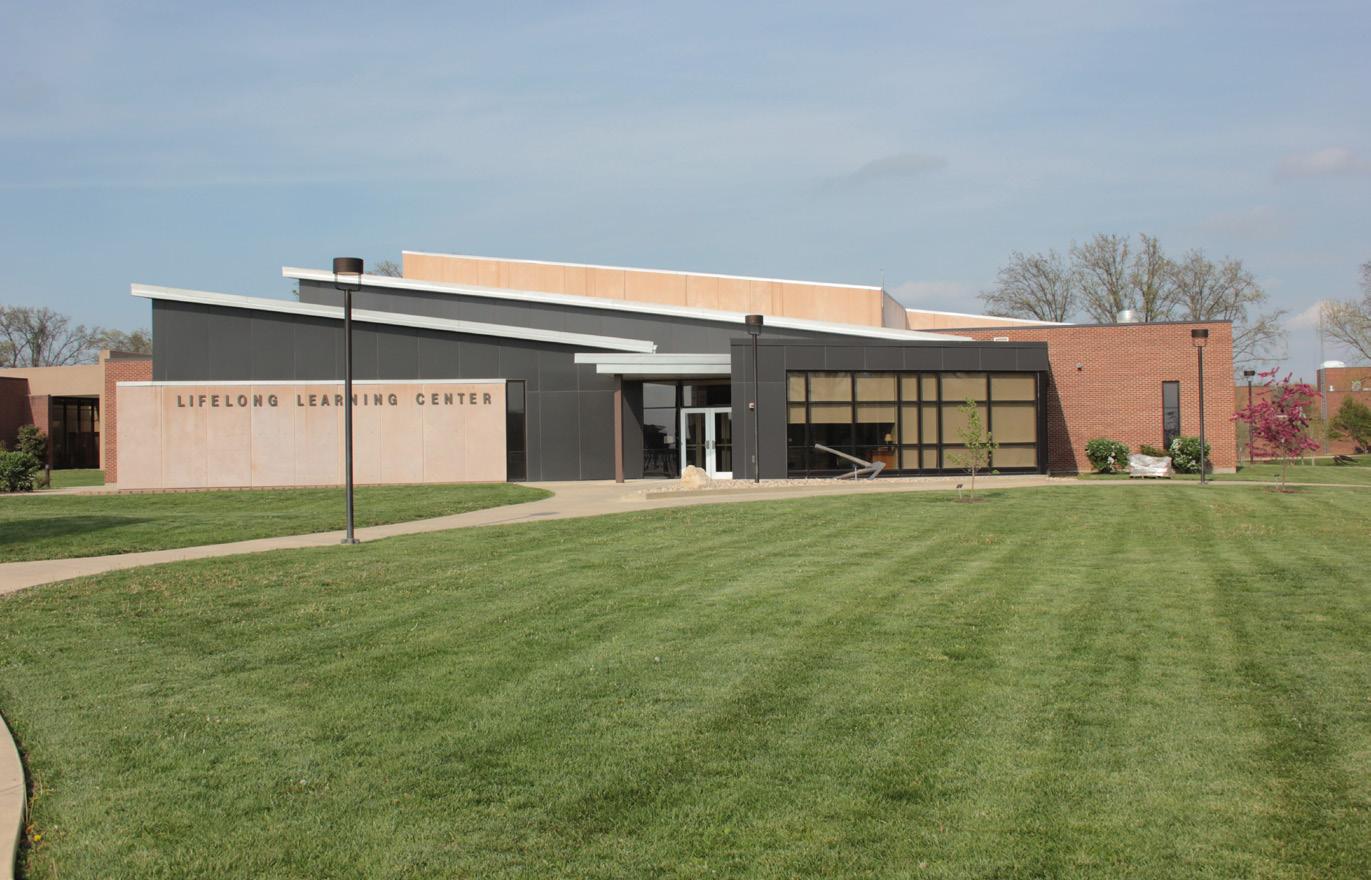Taxpayer perspective From the taxpayer perspective, the pivotal step is to determine the public benefits that specifically accrue to state and local government. For example, benefits resulting from earnings growth are limited to increased state and local tax payments. Similarly, savings related to improved health, reduced crime, and fewer welfare and unemployment claims, discussed below, are limited to
TAXPAYER COSTS
those received strictly by state and local government. In all instances, benefits to private residents, local businesses, or the federal government are excluded.
Growth in state tax revenues As a result of their time at KC, students earn more because of the skills they
State/Local Funding
TAXPAYER BENEFITS
learned while attending the college, and businesses earn more because student skills make capital more productive (buildings, machinery, etc.). This raises profits and other business property income. Together, increases in labor and
Increased Tax Revenue
non-labor (i.e., capital) income are considered the effect of a skilled workforce. These in turn increase tax revenues since state and local government is able to apply tax rates to higher earnings. Estimating the effect of KC on increased tax revenues begins with the present
Avoided Costs to State/Local Government
value of the students’ future earnings stream, which is displayed in Column 4 of Table 3.2. To these net higher earnings, we apply a multiplier derived from Emsi’s MR-SAM model to estimate the added labor income created in the state as students and businesses spend their higher earnings.34 As labor income increases, so does non-labor income, which consists of monies gained through investments. To calculate the growth in non-labor income, we multiply the increase in labor income by a ratio of the Illinois gross state product to total labor income in the state. We also include the spending impacts discussed in Chapter 2 that were created in FY 2018-19 from operations and student spending, measured at the state level. To each of these, we apply the prevailing tax rates so we capture only the tax revenues attributable to state and local government from this additional revenue. Not all of these tax revenues may be counted as benefits to the state, however. Some students leave the state during the course of their careers, and the higher earnings they receive as a result of their education leaves the state with them. To account for this dynamic, we combine student settlement data from the college with data on migration patterns from the Census Bureau to estimate the number of students who will leave the state workforce over time. 34 For a full description of the Emsi MR-SAM model, see Appendix 5.
Chapter 3: Investment Analysis
41






